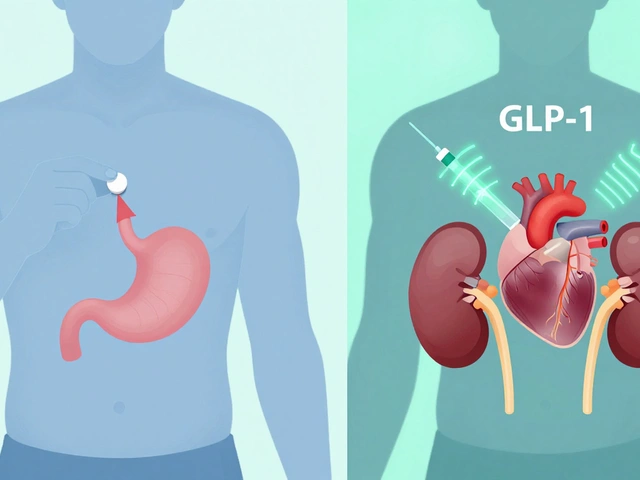Two Weeks Before Death: Signs, Care & Preparation
When you hear Two weeks, the final 14‑day period often discussed in medical and caregiving circles, you start thinking about rapid changes in the body and mind. This period two weeks often includes a noticeable drop in energy, weaker breathing, and shifts in consciousness – a clear semantic triple: Two weeks before death → includes → physical decline. It also marks a time when families need solid support. That support is called end‑of‑life care, the coordinated help given when a person is nearing the end of life, and it requires open communication between doctors, nurses, and loved ones – another triple: end‑of‑life care → requires → clear communication. A key service that steps in is hospice, a specialized program focused on comfort rather than cure. Hospice teams bring medication expertise, emotional counseling, and spiritual support, often lowering the need for hospital stays – triple: hospice → provides → comfort and reduced hospital visits. Finally, palliative care, symptom management and emotional aid for serious illness works hand‑in‑hand with hospice, easing pain, breathlessness, and anxiety. Altogether, these entities form a safety net that helps the dying person and eases the caregiver’s burden.
What You’ll Notice in the Last Two Weeks
Physical signs show up first. Breathing often becomes irregular, with pauses called Cheyne‑Stokes patterns. Skin may turn pale or take on a bluish tinge, especially on hands and lips. Food and fluid intake drops, and the person may sleep more, only to wake briefly confused or agitated. Emotional changes run parallel – some people become withdrawn, while others swing between calm and distress. These shifts are normal and signal the body’s way of winding down. Recognizing them early lets families act quickly: adjusting positioning to ease breathing, keeping the environment quiet, and using prescribed medications to control pain or secretions. In terms of care, you’ll find that hospice staff often suggest simple measures like a cool cloth for a sweaty forehead, or a favorite song to soothe anxiety. Palliative care specialists may add low‑dose opioids to ease shortness of breath, a practice supported by many Indian hospitals today. All these steps fit the larger goal of comfort, not cure, and they tie back to our central entities – end‑of‑life care plans depend on clear symptom tracking, hospice delivers the hands‑on comfort, and palliative care fine‑tunes medication.
Armed with this overview, you’ll be better prepared for the emotional roller‑coaster and the practical tasks that arise in the final two weeks. Below you’ll find a curated set of articles that dig deeper into each sign, each care option, and real‑world tips for families navigating this delicate period. Whether you’re looking for how to talk to a doctor, ways to create a soothing space, or guidance on legal paperwork, the collection below covers the breadth of concerns that often surface when the clock hits the last two weeks.

Effective Ways to Lose Belly Fat in Just 2 Weeks
Learn a practical 2‑week plan to lose belly fat fast with diet tweaks, HIIT workouts, sleep, stress control, and hydration for visible results.

Ozempic and Metformin: How Much Weight Can You Lose?
Feb, 17 2025



